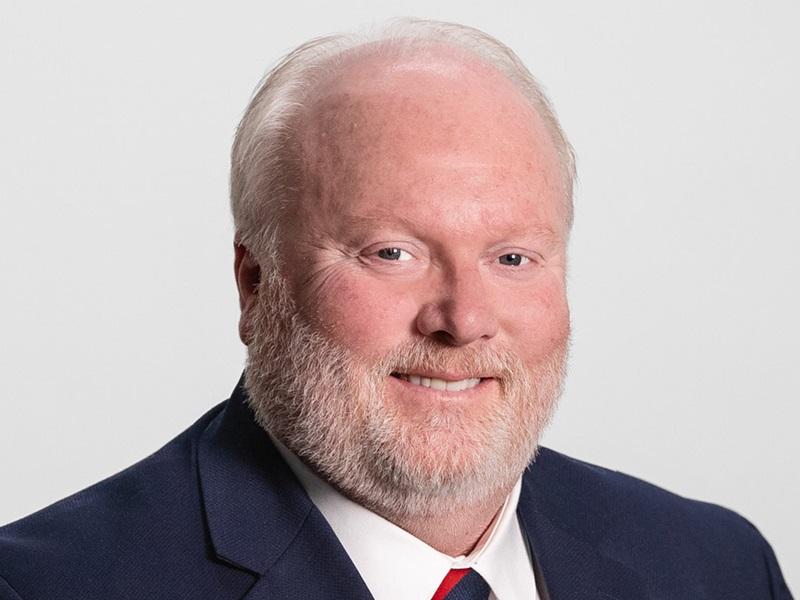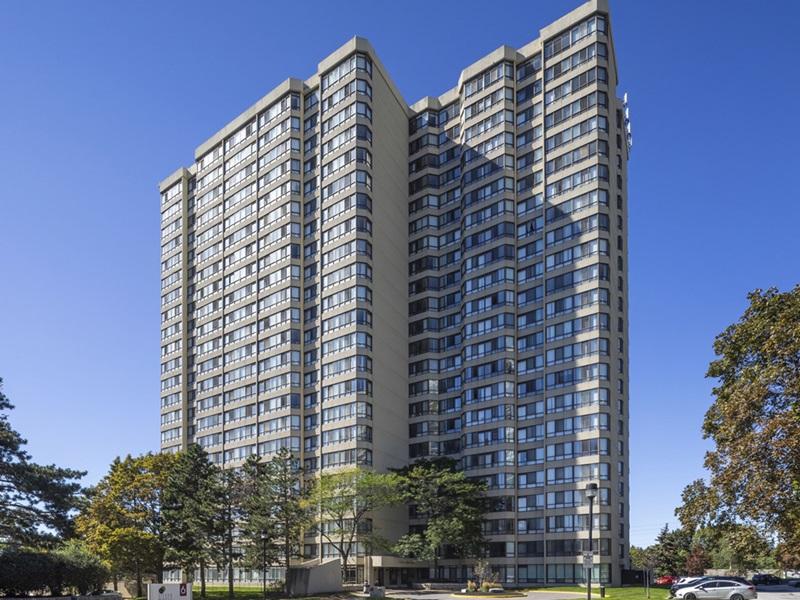
The City of Markham, just north of Toronto, is focused on creating a downtown district in its Markham Centre region. (Google Maps)
Markham Centre was largely agricultural land 40 years ago. Today, it’s the focal point of a city directly north of Toronto with more than 350,000 residents and over 11,000 businesses.
“Markham is evolving into a complete urban centre, with better access to rapid transit plus a significant amount of commercial and retail opportunities, some of the best parks and community facilities in the Greater Toronto Area (GTA), and over 1,500 technology companies,” said City of Markham commissioner of development services Arvin Prasad, who moderated a webinar on Markham Centre presented by Urban Land Institute’s Toronto chapter on March 23.
Markham Centre is the city’s long-term vision for the creation of a vibrant, intensive, mixed-used downtown. Markham Mayor Frank Scarpitti, who has held the title since 2006, provided an overview of the city and Markham Centre’s past, present and future during his presentation.
Scarpitti, who also serves on York Regional Council, said Markham is the largest municipality in York Region and is expected to stay that way as its population continues to grow. Almost 80 per cent of Markham residents identify themselves as visible minorities.
“That diversity is a badge of honour for us, as we’ve attracted highly skilled and highly talented people from all around the world,” said Scarpitti.
Growth in Markham Centre
Markham Centre is 1,220 acres, about twice as big as the downtowns in most other GTA municipalities. It was originally planned for 20,000 residents in the mid-1990s, and that projection has now grown closer to 100,000.
Markham Centre has been increased in size by about 30 per cent since 2019 to attract and support a growing number of people and jobs.
Residents were against mid- and high-rise development in Markham 25 years ago, but Scarpitti said a vision for growth has won over naysayers over and drawn public support.
Scarpitti stressed the importance of Markham Centre being a place to live, work, play and visit that’s safe, convenient, pedestrian-focused, served well by public transit, and maintains the cultural and ecological integrity of the Rouge Valley.
“We want to have a variety of different uses. We want a compact urban form that complements the adjacent community. We want to make sure that we have a plan that embraces the Rouge River, creates some beautiful, open landscaped areas and squares, and that we have key architectural statements.”
Markham Centre has the most expensive real estate in Markham, and Scarpitti emphasized the need to provide different types of affordable housing.
Sustainability and public transit
Thermal energy delivered by Markham District Energy to buildings encompassing more than 11 million square feet is used for space heating, hot water heating and air conditioning.
Commercial buildings, apartments and condominiums, hotels, sports facilities, schools, government complexes and other properties connected to the thermal grid don’t need their own boilers, furnaces, chillers or air conditioners.
This, and other measures, has given Markham Centre the largest concentration of downtown mixed-use, LEED-certified projects in North America.
“It’s a testament to the investment that’s been made and will play a key part to ensure that we will reduce the city’s carbon footprint,” said Scarpitti. “It’s a very sustainable community.”
Markham offers easy access to Highways 407 and 404 and its Unionville GO Transit station will grow in importance with increased GO service and by becoming an important public transit hub for Metrolinx.
“It’s intrinsically connected to the transformation of the community, where live and work are truly knit together,” York Region Rapid Transit Corporation president Mary-Frances Turner said of what a multimodal public transit system means to Markham.
Markham Centre Secondary Plan priorities
Greenberg Consultants principal Ken Greenberg, a Toronto-based urban designer who has been involved with projects in North America and Europe for four decades, is reviewing the Markham Centre Secondary Plan. He’s identified areas he thinks can “raise the bar in the next stages in the evolution of Markham Centre.”
Some of these include:
– making public transit, walking and cycling bigger priorities;
– ensuring residences, employment centres, retail, social infrastructure, schools, libraries, daycare facilities and community centres are within easy walking distance of each other;
– ensuring a variety of built forms that foster diversity and inclusion and make neighbourhoods family-friendly;
– “unlocking” the Unionville GO station to fully integrate it into the city and developing a high street connection between the station and an emerging area at Enterprise Boulevard and Birchmount Road;
– adding civic buildings and an easily accessible civic square;
– emphasizing the importance of parks and open public spaces;
– and ensuring the Rouge Valley and the three-kilometre portion of the Rouge River that runs through Markham Centre play a prominent role.
The Remington Group
The Remington Group is the largest private landowner in the area, with more than 240 acres, and it has a history of working closely with the City. Based in neighbouring Vaughan, Remington has developed and operated residential, retail, commercial and income properties in Southern Ontario for more than 65 years.
Its Markham projects include: the Nexus Condos, Gallery House, Gallery Towers and York Condos condominiums; the Victory Green home and townhome community; the 10 Aviva Way and The Origin retail and commercial developments; and the Toronto Marriott Markham hotel.
“We can build great residential buildings, office buildings and commercial buildings,” said The Remington Group senior vice-president of land development Randy Peddigrew. “But, if we’re not careful, we can create islands in the sky.”
The challenge, according to Peddigrew, is to entice people out of their high-rise residential and office units and on to the streets through pleasing public spaces.
“Without people, none of it works. As a developer, we invest a lot of money, time and effort in our commercial spaces. What we’ve realized is that if we don’t get the public out and enjoying this community and feeling connected to it, it’s not going to work.”
York University’s Markham Centre campus
Ground was broken last year on a new York University campus that’s expected to welcome students in the fall of 2023.
It’s located next to the Markham Pan Am Centre sports complex. When complete, the $275-million project will initially be home to programs from four faculties and the School of Continuing Studies, with York University Libraries providing a modern facility to support programs and research.
The campus will accommodate up to 4,200 students in its first phase and will have flexibility to respond to future growth. It will be plugged into the Markham District Energy grid and the City of Markham will provide 1,000 parking spaces.
York will issue a request for submissions in April to find a private sector partner to work with on a student housing and amenities facility.
“We looked at it as an opportunity for city building,” York University Development Corporation president Gary Brewer said of the decision to choose the Markham Centre location for the campus over proposals from other municipalities in York Region.
“We saw it as an opportunity to take a different approach to campus design that prioritized the integration of that shared academic and urban context where faculty, staff and students could study, work, play, live and socialize while engaging with the local community.”
Brewer said the university also wanted to build ties with local industries to create opportunities for “experiential education for our students with a view to creating that talent pipeline from the university to the industries that need the graduates.”











